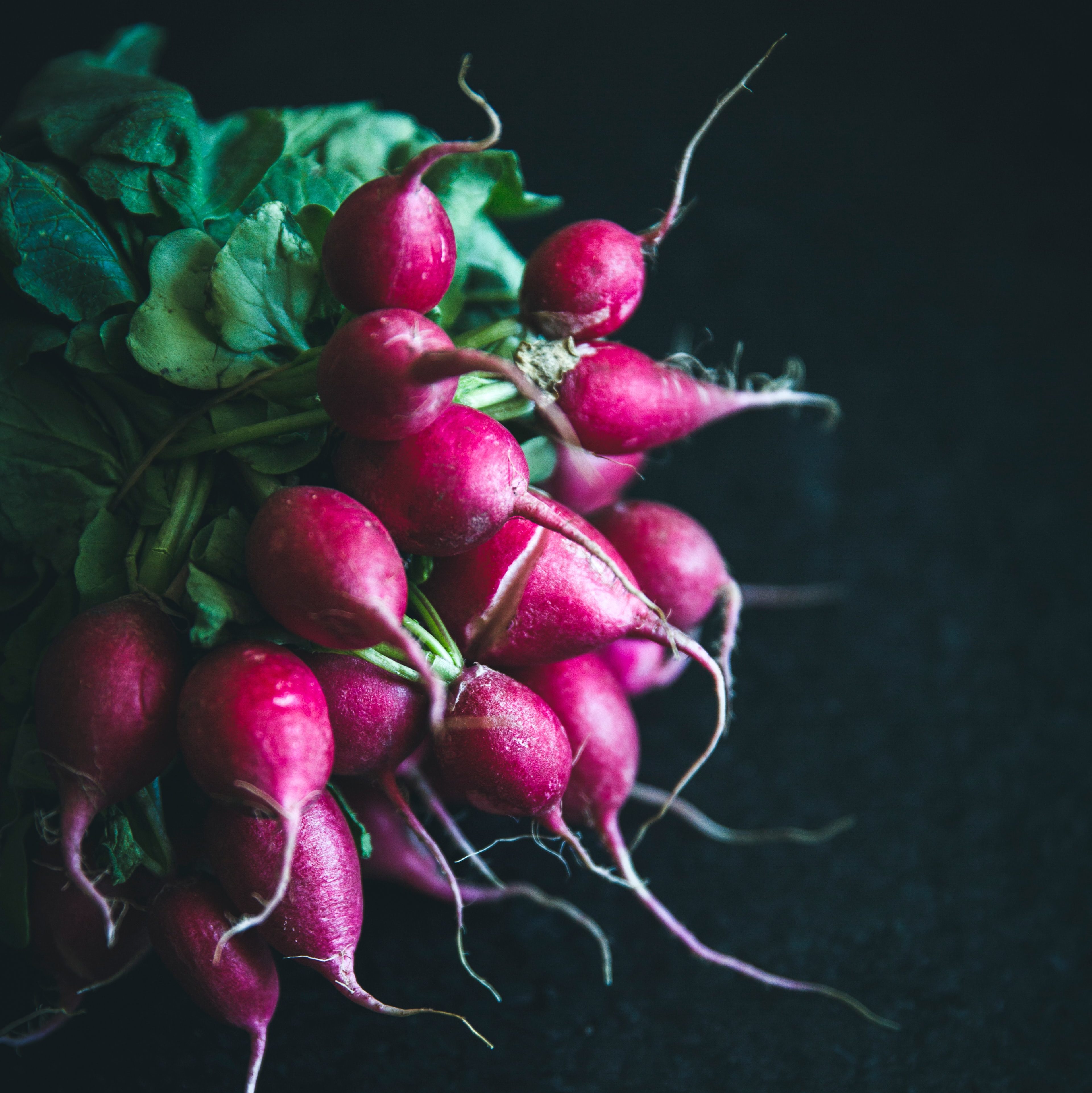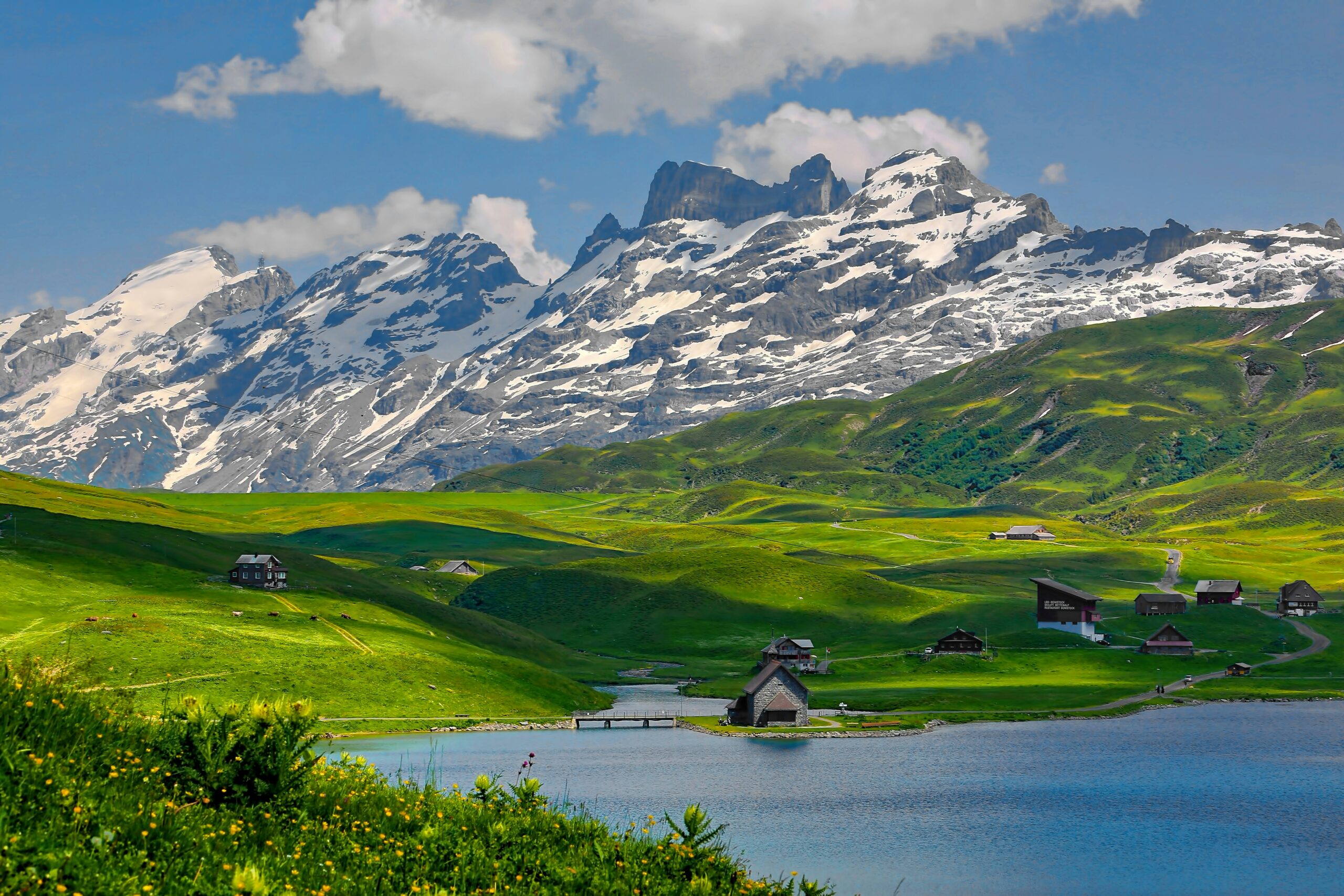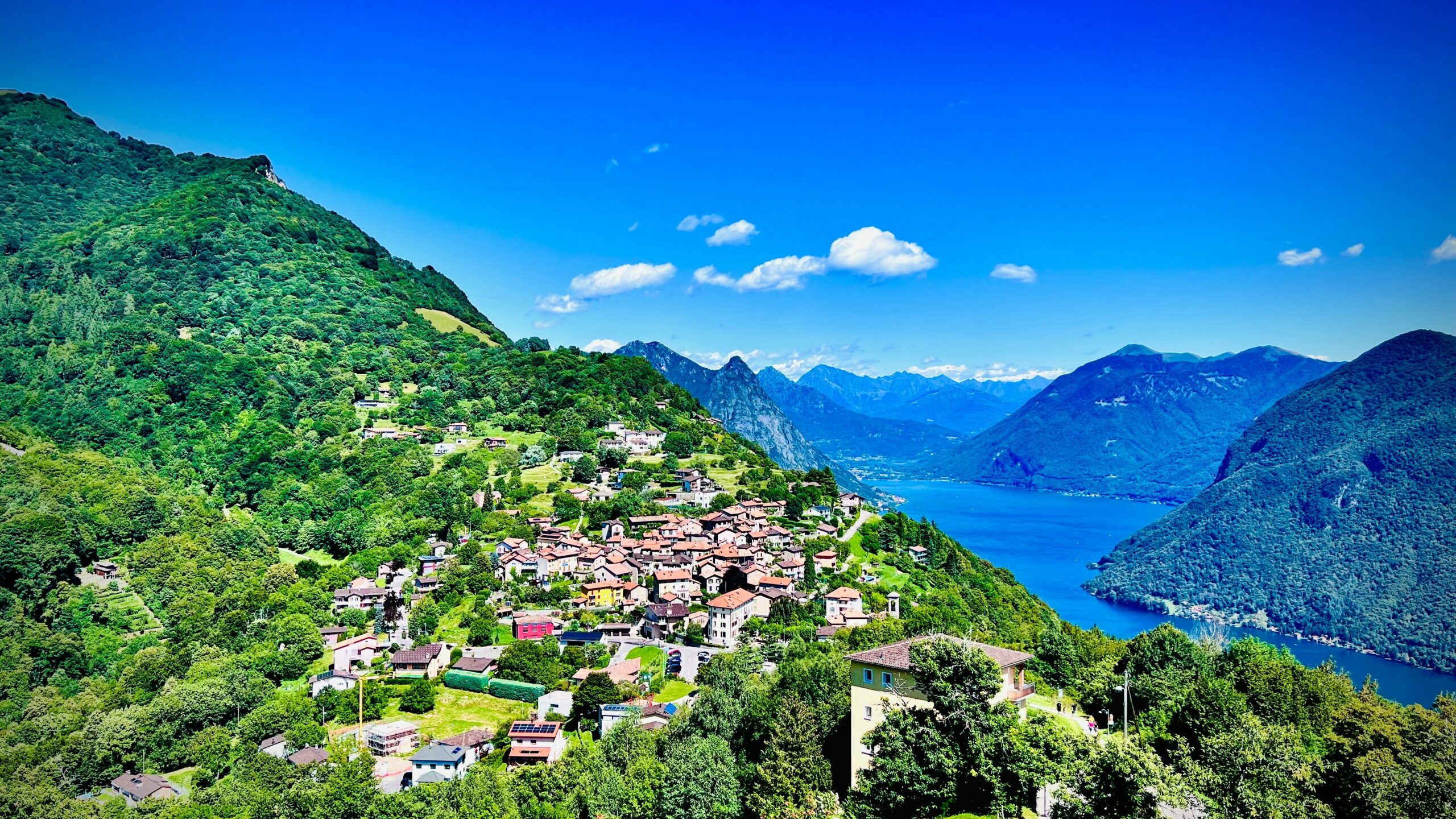Matthew J. Stone, California State University

Food tourism has been well established as something that motivates people to travel and something they look forward to doing while traveling . As food tourism grows in popularity, destinations of all sizes are taking advantage of food tourism opportunities . The most successful destinations will analyze the complete offerings in their area to enhance the visitor experience . They will also help businesses in their regions to work together. There are many trends and best practices in each different sector of food tourism (from cooking classes to tour operators to gourmet restaurants). For example, providing speciality tours (such as wine tours), offering exclusive experiences, and matching a business’ offerings to their target market segments are not new within tourism. However, by looking at many individual trends across sectors, it is possible to identify trends which apply to the food and drink tourism industry as a whole. Destinations can use this list of trends to ensure that restaurants, bars, food producers, and tour operators are offering these elements. Together, they can help each destination to compete. At the same time, food and drink businesses, from cooking schools to breweries, can expand their offerings to include many of these elements.
Each operator can use ideas from other business segments to create a positive impact.
Food travel as a way to satisfy visitors – the importance of honesty
For some travelers, food is the core element of the visitor experience. Even for those who do not travel for food, it is clear that food and drink can enhance the visitor experience. Over 80% of leisure travelers state that food and drink experiences are important to the overall satisfaction of a trip (Stone & Migacz, 2016). Visitors develop expectations of the food in an area. One clear goal of food tourism then is to be sure that visitors’ expectations are met. Destinations of all sizes are advertising and marketing their food and drink activities to tourists, but every destination is not as attractive as Rome or London or Singapore. Destinations which set unrealistic expectations for tourists can actually do harm to their destination image. Therefore, it is important that marketing messages are both appealing and realistic. Destinations (and each tourism provider) should offer an honest vision of what travelers can expect. Stock photos of random models enjoying food in some unknown location is not the way to market a destination or attraction. Each destination has something unique to offer, but they must be honest. Every city is not the “best city for food & wine!”. Why is this honesty so important? Beyond meeting expectations, food can also be an inspiration for a return visit. Think about a visit to a famous historical site. Often, this could be a motivator for travelers to visit. However, they may not return to the historical site on their next visit.
Now, think about a traveler who has had a memorable meal at a local café or restaurant. That visitor may want to return to the same café each time they visit, and that experience may be enough to keep the destination in mind when they are choosing a future trip. Again, over 80% of leisure travelers say that food and drink experiences make them more likely to return to a destination. Building upon their honest assessment of what they can offer, destinations and successful food tourism providers are taking advantage of many trends in food tourism:
Pairing food with other interests. Today’s culinary travelers are cultural omnivores. They like food, but they also like the performing arts, music, and sports. They increasingly want active experiences, and sophisticated destinations are giving food travelers the opportunities to combine their interests. For some travelers, it may be satisfying just to visit several wineries just to enjoy the wine. However, as they visit more wineries over time, many will begin to develop specific desires for their experiences. This parallels the general growth in tourism in Europe, as well as Italy. Many travelers begin by getting a general taste: three days in Rome, three days in Florence, three days in Venice, and a day in Verona. Then, on a future trip, they may take a more specialized tour, focusing on Renaissance art, or the wines of Tuscany. Travelers also combine many interests across a trip. They like travel, but they also want to incorporate another element. They may want to take a bicycle tour or a motorcycle tour of Piedmonte. Or, they may wish to pair their interest in Italian food with their interest in cooking, by taking a cooking – centered tour.
Tour operators are offering ways for leisure travelers to maximize their personal enjoyment by connecting their interest in food or drink with another passion. In one example, it is becoming common to combine bicycle tours with culinary tourism. In Japan, Cycle Osaka offers 3-hour riding tours, where participants can enjoy local specialties like flamegrilled wagyu and fresh sushi. This offers an active experience for visitors. For true cyclists, Beer & Bike Tours offers week-long trips in locations such as Germany, Belgium, and Portugal. On the Portugal trip, riders enjoy the scenery and local meals, but a feature of the trip is visiting many breweries along the route. Successful food tourism businesses will find out what is most interesting to their visitors and begin to tailor specific tours to these individual groups. It may be as simple as pairing local beers with local foods. Or, they may find a link between food and another interest like architecture. The Chicago Architecture Center offers a tour called “Food and architecture of 1893” where visitors on the walking tour explore Chicago from the point of view of the 1893 World’s Columbian Exposition (“world’s fair”). They view buildings of the era and eat foods that were showcased at the world’s fair. While this experience is not exclusively a food experience, it shows a way that food can be incorporated into the local culture.
Offering multiple different tours. An introductory (or basic) tour is offered at most food tourism attractions, but successful providers are offering a variety of tours. The introductory tour is typically the most common, the most popular, and the most frequent tour, but attractions should not just offer a one-size-fits-all experience.
Even if visitors leave satisfied, many of them may not return because it would be the same experience the next time. Because destinations and attractions want return visitors, it is important to offer a reason to return. This can be accomplished through festivals and events, but it can also be accomplished by offering different tours. These tours can build upon their first experience to enhance or expand their knowledge. Or, it may just provide a new level of “fun” to the experience. Cooking classes use this approach. They may offer a “beginners” or “basic” course in making local foods, but they build on this by offering advanced classes and classes in different foods. The beginners course may be offered every day or every weekend day, with specialized courses less frequently. Other food attractions should follow this model. A family may visit a candy factory, take the basic tour, and (of course) buy products to take home from the gift shop. Offering additional experiences (make your own chocolate or a behind -the -scenes tour) will give them a reason to return. Another advantage is that these advanced tours (or courses) can be offered for a higher price because the visitors have a higher level of interest or involvement. While return visitors want the same level of hospitality and the same overall feeling, they do not want an identical experience. The Jelly Belly Factory in Fairfield (California) offers a self – guided tour, a guided tour, and an exclusive behind -the -scenes tour called “Jelly Belly University.” The Jelly Belly University tour s offered for $59 per person and is limited to six participants who get to visit the factory floor.
Building specialized experiences. One trend emerging is in-depth or specialized tours, focusing only on one specific niche interest. In New York City, A Slice of Brooklyn Bus Tours offers a tour focused on Brooklyn Pizza and another focused on chocolate producers in Brooklyn. Any destination with a signature food, from pad thai to doughnuts, could benefit from these offerings. These experiences also appeal to experienced travelers may have already visited a region and have an interest in the local food or drink. A tourist may have already visited New York City for the museums and major attractions. On their return visit, they want to learn more about local life and local culture through an immersive food experience.
Offering exclusive experiences. Travelers are seeking exclusive experiences that cannot be booked on their own. They will be able to share stories about these experiences with their friends, knowing that their friends cannot take the same trip on their own—not without an experienced guide. Innovative tour operators have realized that their value lies beyond just coordinating a collection of experiences that travelers can book on their own. They are including behind-the-scenes and exclusive experiences. Anyone can get a reservation at a gourmet restaurant, but can the chef greet the guest and describe the concepts? Anyone can take a brewery tour with a tour guide, but who can offer a meeting with the brewmaster? Many More Travels offers culinary and wine experiences in California’s Napa Valley. They feature chef-led tours which include cooking classes and exclusive experiences. Meals are enjoyed at private estates, and visits are included to wineries which are not open to the public without invitation.
Destinations can also offer exclusive experiences by encouraging cooperation between multiple businesses. The Sierra Oro Farm Trail’s Passport Weekend in Butte County, California, is a weekend event held annually in October. Visitors who purchase tickets receive a passport and a map to a variety of experiences, including vineyards, wineries, apple orchards, mandarin farms, olive growers, along with specialty food stores. It offers an exclusive opportunity to enjoy a variety of agritourism, food, and wine experiences. Many of the family-owned businesses along the trail (particular the small wineries and farms) are not usually open to visitors, so it is more than just another food festival. It benefits the local producers by creating both product sales and boosting brand identity. It benefits the local area by showcasing the entire region. Finally, visitors enjoy the unique experiences that are not available outside of that weekend.
Serving casual groups of travelers. Groups of families and friends have always traveled together, but this phenomenon is more common with Millennial and Generation Z travelers. Successful food destinations are making it easy for casual groups of friends to travel together. This may include ways for one member to book the group at experiences (like wine dinners or cooking classes) but for individuals to pay separately. For restaurants, it means making it easy for tables to split checks. Outdated policies like “one check per table” will not appeal to Generation Z travelers who may want to split expenses. Because it is often difficult for groups to make decisions, offering trip-planning tools, like self-guided maps and curated lists (through apps or mobile-friendly websites).
There are also casual groups of food lovers who want to travel together. Nearly every major city has food, wine, or beer lovers groups on Meetup.com and similar online platforms. Within a city, food lovers find each other—through facebook groups, by meeting at cooking classes, or at food or drink festivals. Their interest for food can lead to an interest to travel together. At the same time, the food lovers independently visiting a destination may be members of groups like this, so they can spread positive experiences to their food -loving friends.
Combining events for producers with events for consumers. The food production industries (from farms to factories) have often operated separately from the tourism industry. The California Craft Beer Festival is a multi -day convention (Wednesday to Friday) held annually in California for those in the craft beer industry. Educational sessions are based in several tracks, including: the business of beer, technical brewing, tasting craft beer, hospitality, and leadership. The audience for the convention is breweries, beer marketers, aspiring brewers, and related businesses. It builds brand identity among the state’s craft beer providers as well as the craft beer industry in the state.
Giving visitors a way to find your products. Travelers buy food and drink to take home when they visit a destination. Wineries have offered wine clubs for a long time, but other providers can use the tourist experience as an opportunity to create recurring purchases. A cheese producer may have a quarterly cheese club. A farm or ranch may have seasonal offerings. Even if it is not a large profit center for the business, there are benefits to the brand of the consistent interaction with the customer.
Thinking about the greater good. Travelers are interested in sustainability and want to do business with companies who are environmentally and socially conscious. This is especially common among younger travelers—in particular Millennials and Generation Z. Businesses who are not ahead of this trend may be left behind. The first step is to ensure that sustainability is incorporated into the business’ operations. The next step is to communicate these sustainable action plans to visitors. It is important that these are impactful and honest because guests may be especially critical of companies which say they focus on sustainability when they do not. The Tillamook Cheese Company produces a “stewardship report” where they share their values and impacts with the public.
Bon Beer Voyages. Bon Beer Voyages is a tour company specializing in beer tours. Their competitive advantage is that they have curated unique experiences, dinners, and visits that are not available to the general public. Another feature of Bon Beer Voyages is that some of their experiences combine multiple interests, such as their “beer vacation cruise,” appealing to the river cruiser and the beer lover. Because of their networks within breweries and tourism, they also offer customized tours—from a group of friends to a “wedding beercation.” Visitors return home from these trips able to share their unique experiences with jealous friends.
Sierra Nevada Brewing. Sierra Nevada Brewing in Chico (California) and Mills River (North Carolina) creates many experiences for their guests. They offer a standard tour at each of their breweries, but also many specialized tours. Visitors (especially beer lovers) can continue to return and build upon their experiences.


